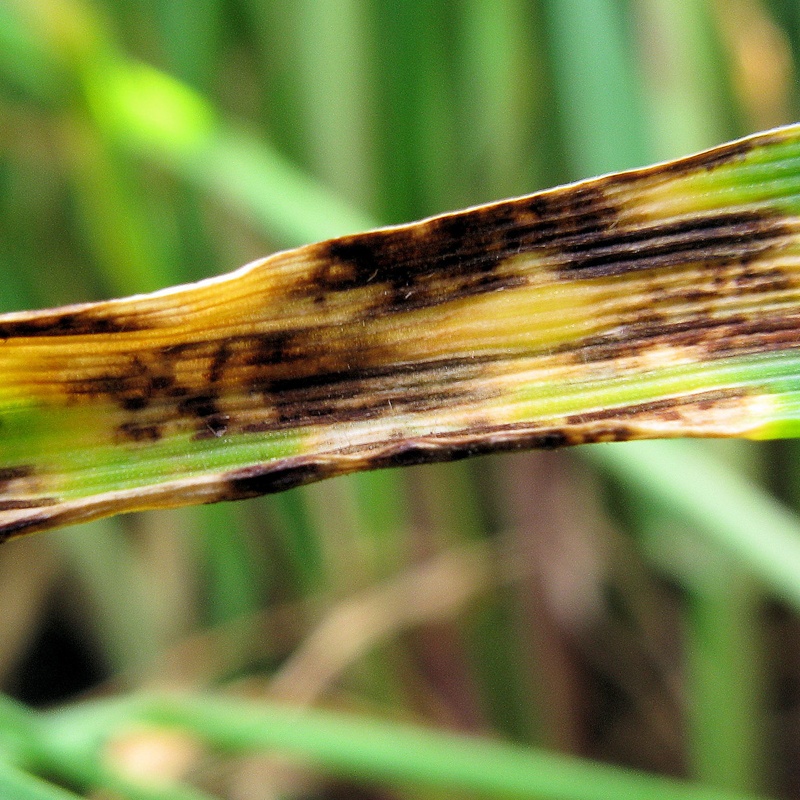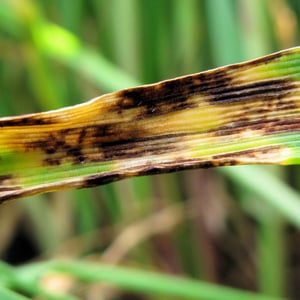2019 - Barley disease control: the benefits of a T0 treatment

The key to delivering high yields and good grain quality in barley is to ensure plants remain disease-free at the stages in their life cycle which have the greatest impact on ear and grain development. This means retaining viable tillers for as long as possible to maximise the crop’s green area index (GAI) and protecting grain storage and grain filling potential by promoting healthy spikelet and ear development. In a nutshell, it is vital to ensure barley plants go into the spring as clean and disease-free as possible so that they can reach their full potential later in the year.
…it is vital to ensure barley plants go into the spring as clean and disease-free as possible…
Spring spray programmes should therefore be designed to reduce the effect that diseases such as rhynchosporium, net blotch and mildew can have on crops early in the season and to keep the entire plant as green as possible for as long as possible.

Net Blotch in Barley
With this in mind, in addition to and ahead of the standard T1 and T2 treatments, winter barley crops might also benefit from a T0 application at GS25-30 (late tillering to stem erect). A T0 treatment including a multi-site fungicide such as folpet – typically applied in early or mid-March – will provide good protection during the tillering period when it is vital to optimise shoot numbers.
A T0 treatment including a multi-site fungicide such as folpet… will provide good protection during the tillering period
Not all crops will need a T0 treatment however, especially as many parts of the UK have experienced a relatively dry winter which has kept diseases in check. But crops in the north of England and Scotland often respond well to protection at this timing due to the longer growing season and tendency for these crops to carry disease early in the spring. Any crops further to the south which are harbouring disease going into the spring will also benefit from a T0 application: where there has been significant rain during January and February – predominantly in parts of Wales, the west and south west of England – it is certainly worth considering adding an extra layer of protection, with folpet incorporated into the tank mix to provide additional activity and to manage the resistance risk of partner products.
Arizona® (500 g/l folpet) is a unique multi-site protectant fungicide for wheat and barley. It can be used at the T0 timing in barley to provide good contact protectant activity against rhynchosporium, and also has the added benefit of not interfering with the uptake of curative partner products and providing supplementary activity against brown rust and mildew.
 United Kingdom
United Kingdom Select country
Select country




